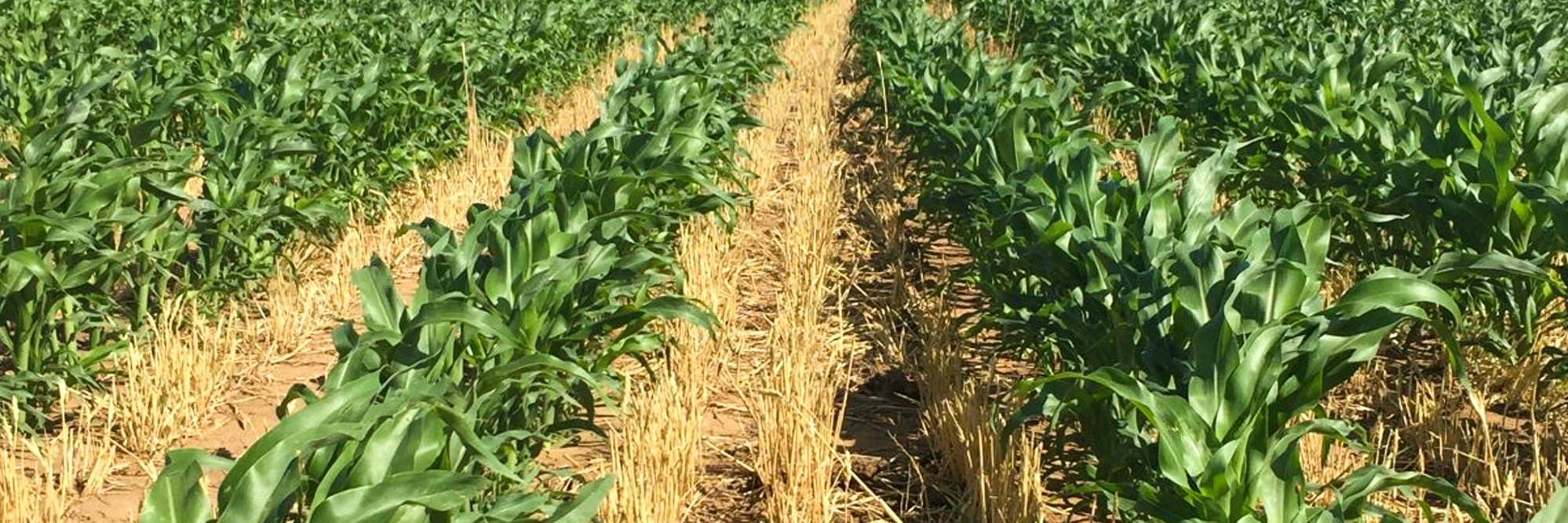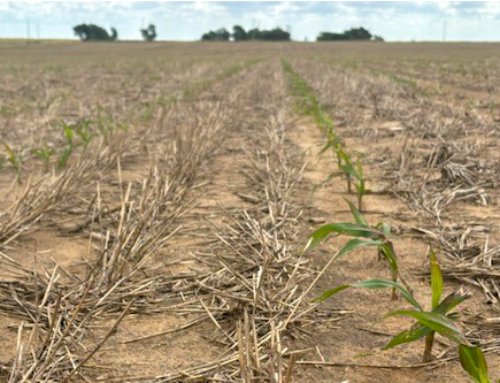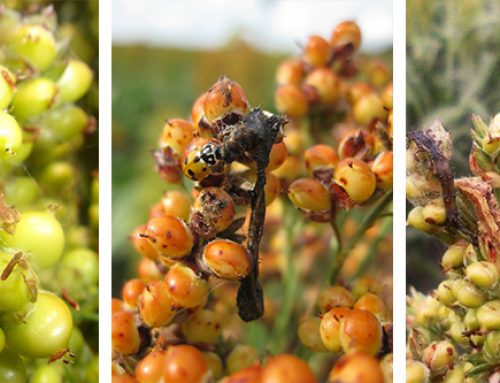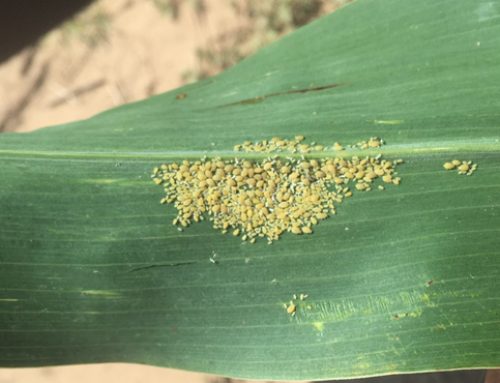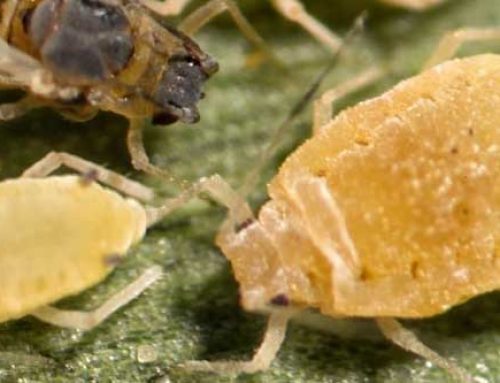Guest Post By Brent Bean, Ph.D., Sorghum Checkoff Agronomy Director
Planted grain sorghum following a failed or harvested wheat crop (double cropping) is an option for many regions of the U.S. The success of the sorghum double crop will be dependent on many factors, but the most prominent are:
- The length of the growing season remaining from planting to the sorghum reaching maturity.
- The potential for adequate heat unit accumulation to allow the sorghum to reach maturity.
- Availability of adequate water either from stored soil moisture, rainfall, irrigation, or from a combination of any of the three.
The length of the growing season and heat unit accumulation are interrelated and will determine if sorghum will reach maturity prior to a killing freeze. No one wants to put time and resources into a crop and then see an early freeze or other adverse weather eliminate or greatly reduce grain yield or quality at the end of the season. Fortunately, growers can select a hybrid with a maturity rating that best fits their situation. Hybrids vary from 95 to 125 days in the time it takes from emergence to reaching physiological maturity. Most medium-early to medium maturity hybrids are going to need 100 to 110 days under good growing conditions with adequate heat unit accumulation to reach maturity.
To determine what maturity of sorghum to plant, count the number of days from the anticipated planting date to the average first freeze date. I prefer to be conservative and subtract another 10 days. For example, for a June 25th planting date and an average first freeze of October 20th, there are 117 days. Subtract 10 days and the effective growing season is 107 days. Choose a hybrid that will mature in this length of time. If only the days to flowering are given by a seed company, add 45 days and this will give a close estimate on the time required to reach maturity.
Seeding rate should also be increased by 20 percent over earlier planted sorghum. This is because tillering will be less due to warmer soil temperatures for later planted sorghum. In addition, if planted in to heavy wheat residue, a higher seeding rate is often needed due to straw interference with good seed to soil contact.
Yields are typically less with late planted sorghum. Depending on how late the sorghum is planted, yield reduction will generally range from 10 to 30 percent less compared to an optimum planting date. This should be taken into account when determining the amount of N to apply following wheat. Consider applying a starter fertilizer of N + P and then apply additional N approximately 20 to 25 days after the sorghum has emerged. Sorghum requires approximately 1.1 pound of N per bushel of grain produced. In standing wheat stubble, streaming N onto the soil surface usually works well. Knifing N into the soil will help avoid tie-up in heavy residue.
Use a preemergence herbicide containing s-metolachlor, acetochlor or dimethenamid for grass and annual broadleaf weed control. Warm season grasses are typically more of a problem with late planted sorghum. These herbicides have relatively short soil residual and should not impact most future crops in the rotation.
Lastly, both sugarcane aphids and midge can be an issue in late planted sorghum. Plant a hybrid with good sugarcane aphid tolerance and plan to scout for both insects and treat as needed.
—
We are here to help on understanding double cropping and other agronomy needs!
If you have questions about double crop sorghum, contact a local Crop Quest Agronomist. We will be glad to assist you with these important management decisions.
